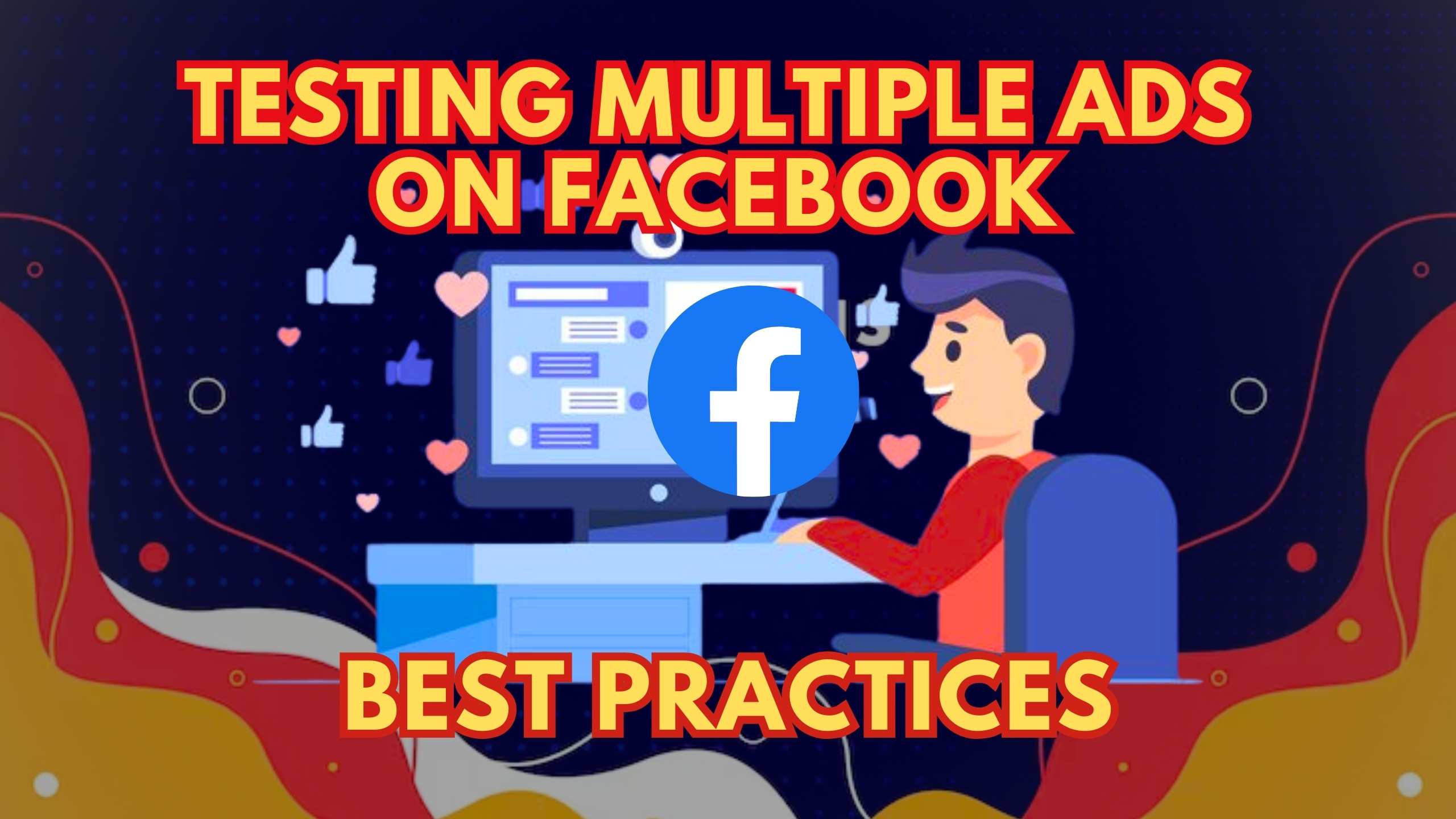Testing Multiple Ads on Facebook: Best Practices
- Conversational Marketing Software SEO Software Affiliate Marketing Software Marketing Tools


Testing Multiple Ads on Facebook: Best Practices
Facebook ads present a major opportunity to reach potential new customers and grow your business. With over 2 billion monthly active users, the Facebook audience is massive. However, simply creating an ad and hoping it converts is rarely an effective strategy. You need to test multiple ad variations to determine what resonates best with your target audience. Here are some best practices for testing multiple Facebook ads.
1. Create Ad Sets Based on Audiences and Messaging
Rather than testing completely different ads, best practice is to create ad sets. Ad sets allow you to test different messaging and creatives against specific target audiences. For example, you may want to test the same ad image and copy against three different detailed target audiences to see which converts best. You would set up three separate ad sets, one for each audience.
This approach provides clear data on what resonates with each audience group. Then you can put more budget behind the top-performing audience and message combination. Creating relevant, tightly targeted ad sets gives your tests focus and makes the results more insightful.
2. Test Ad Creative Elements One at a Time
When testing multiple versions of ad creative (images, video, copy, etc.), resist the temptation to change too many elements at once. Test one major element at a time to determine which version delivers the best results.
For example, you may want to test two different headlines against the same ad image. Or test the same headline and copy with two images showcasing different product benefits. Changing too many variables makes it harder to interpret what drove improved performance. Disciplined, incremental testing brings clarity.
3. Give Each Ad Set and Ad 7-14 Days to Optimize
Be patient with new ad sets and ads. It takes the Facebook algorithm some time to optimize a new ad’s reach. Typically you want to give each ad 7-14 days before assessing performance or making major changes. Jumping to conclusions too quickly can cause you to pause ads that just needed a little more time.
During the initial period, do pay attention to relevance feedback. If an ad receives a very low relevance score from users, modify it sooner. But otherwise give your new ads time for results to materialize before making quick judgments.
Relevant SaaS products:
- ActiveCampaign: Integrates marketing automation and CRM features, managing contacts, email, SMS, crucial for effective Facebook advertising and ongoing performance tracking.
- Buffer: Social media management platform efficiently schedules and analyzes posts across platforms like Facebook, complementing the monitoring of Facebook ad campaigns.
- Mailchimp: Leading email marketing platform for building targeted lists and campaigns, valuable for connecting Facebook ads to customized email nurturing tracks.
- Ahrefs: SEO and content analytics tool providing insights on content and Facebook ads targeting for maximum search visibility.
- SEMrush: Marketing analytics suite with competitive and keyword data, informing effective Facebook ad targeting and optimization.
Continually Tweak Targeting Based on Results
As your Facebook ad results come in, pay close attention to any groups that significantly outperform others. You may find a specific detailed targeting criteria, placement, or demographic that really clicks. When you discover a target segment that converts well, progressively focus budget on what works.
Let the data guide you toward the best-performing audience targets over time. Continually refine based on results rather than sticking rigidly to initial assumptions. Testing and optimizing your targeting is key to cost-effective Facebook ads.
Conclusion
By methodically testing different audiences, messaging, images, and other elements over an adequate period of time, you can determine the optimal Facebook ad formula. Small changes can make a big difference in cost per conversion. Using these best practices will help focus your experiments and yield clear insights from the results. Testing multiple ad variations is essential to maximize the return from your Facebook advertising investment.
Optimize Your Facebook Ad Testing with Subscribed.fyi
Supercharge your ad testing efforts with Subscribed.fyi. Sign up for free today to access exclusive deals on SaaS tools like AdEspresso, Revealbot, Adoptics, Smartly.io, and Qwaya. Click here to elevate your Facebook advertising game and achieve unparalleled success.
Relevant Links:





